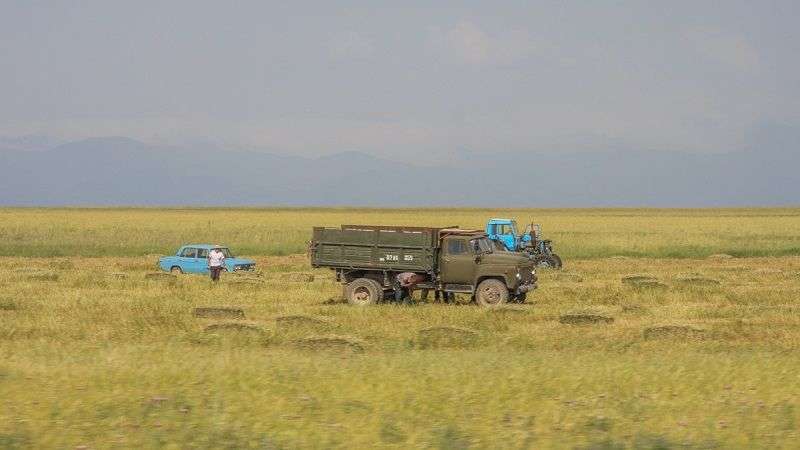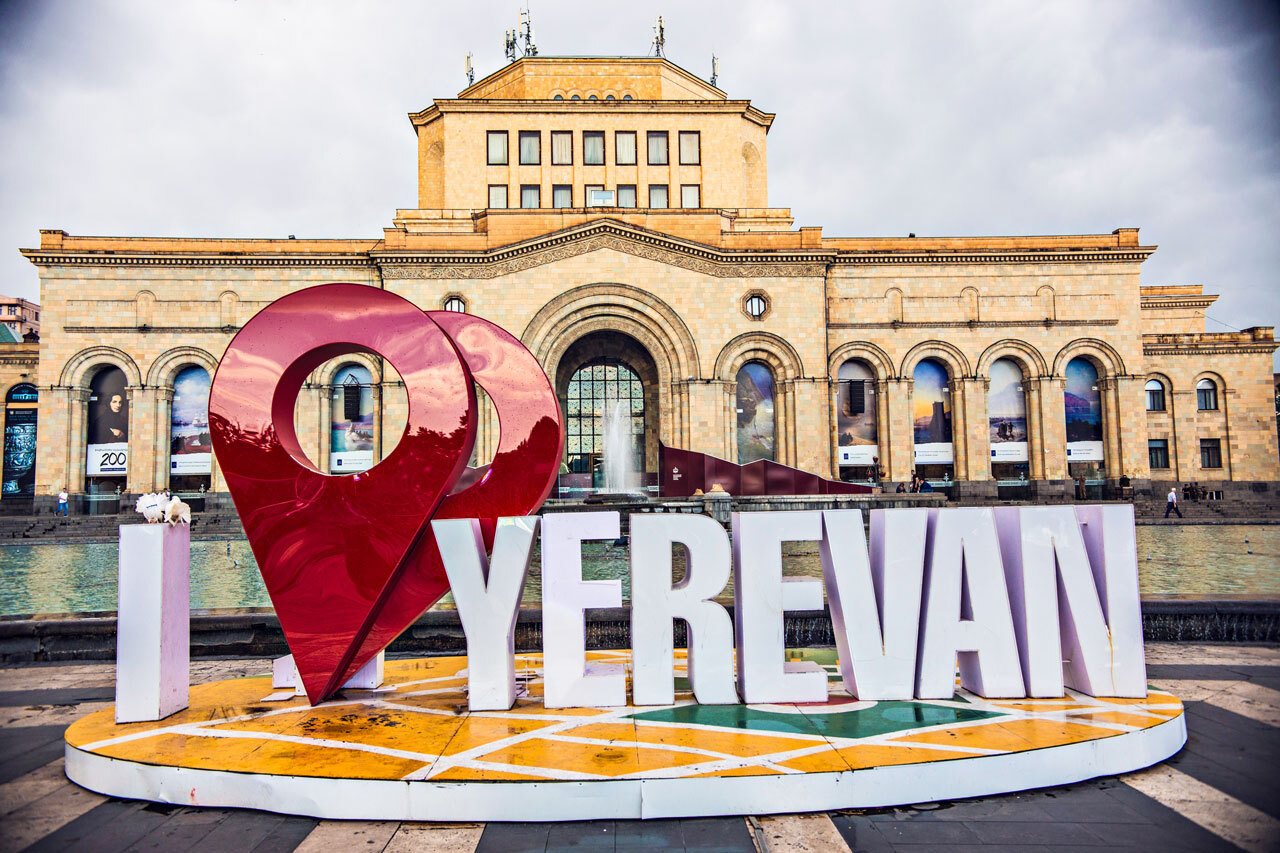Lchashen
Lchashen, which used to be called Ordaklu until 1946, is a large village in Gegharkunik Province of Armenia. The settlement dates back to the 3rd millennium BC. A 13th-century church, an Iron Age Urartian fortress, and a Bronze Age cemetery can be explored here. It lies on the northern slope of the Geghama Mountains and has a high position in comparison with the surroundings. It will take you about 1.5 hours to reach this village from the capital city, Yerevan. In the eastern part of the village, the settlement of Lchashen is located, which is one of the most important monuments not only in Armenia but also in the territory of the former Soviet Union.
The ancient necropolis was discovered in the 1950s when the water level of Lake Sevan reduced. At the southern end of the necropolis, the Cyclopean Fortress Lchashen together with the remains of the ancient city are perched on the hill. It would simply be impossible to draw any conclusions from the inhabitants of Lchaschen without studying the things found on the site during the excavations. According to these studies, the settlement of Lchashen emerged at the end of the 4th millennium BC and in the middle of the 3rd millennium BC, it was converted into a fortress. Excavations on the site showed that the ancient settlement of Lchashen had straight roads where the apartments with round and square bases on two sides were built. As the results show, the inhabitants of Lchashen were engaged in agriculture, livestock farming, wood processing, metallurgy, pottery and so on. The necropolis of the settlement includes 800 tombs.
The burial ceremony in Lchashen was truly unique. It is explained by the fact that skeletons of horses and bulls tied to carts, were found in the tombs. Apart from that, rather precious objects were discovered next to the deceased. Such a funeral ceremony was undoubtedly carried out for a famous and rich person. The rich and famous people were probably always buried in carts and in such a position as if they were travelling to the afterlife. Both two-wheeled and four-wheeled carts were uncovered in this area. The objects were mainly made of oaks and elms and were decorated with inscriptions. These carts are also known as one of the best-preserved carts in the world. The burial of horses together with the dead is an important finding, which explains the level of development of horse breeding in Armenia and specifies their domestication issues. In addition to the two-wheeled and four-wheeled cart and chariot, other valuable finds were also discovered in Lchashen. Among them were the bronze statuettes of the bulls, the gold-made frog and 25 other golden objects that belong to the middle of the 2nd millennium BC. In all likelihood, the gold was taken from the nearby Zod gold mine. The colourful and decorated potteries of Lchashen, which replaced simple and black pottery, are also of interest. The wooden finds including spoons, ladles, cups, pails, and tables are enough to draw conclusions about the daily routine of Lchashen. An important find was the inscription of the great Urartian king Argishti I. The inscription mentions that Argishti I occupied the city of Ishtikuni. According to most researchers, Ishtikuni and Lchashen were the same cities.
Today, the artefacts found from Lchashen Settlement can be unfolded in the History Museum of Armenia and in the Hermitage Museum in Saint Petersburg. The old village is located at the shores of Lake Sevan and it is 10 minutes away from the Sevan Peninsula.






